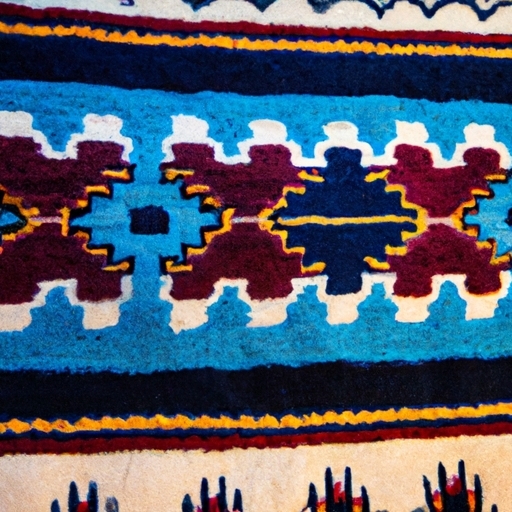why are native american called indian
History of Navajo weaving tradition
European explorers misidentified Native Americans as "Indians" due to a series of misunderstandings and misconceptions. When Christopher Columbus first arrived in the Americas in 1492, he believed he had reached India, hence referring to the indigenous people he encountered as "Indians." This initial misnomer stuck and was perpetuated by subsequent explorers who also mistakenly believed they had reached India.
Additionally, the lack of communication between European explorers and Native Americans further fueled the misidentification. Language barriers and cultural differences made it difficult for Europeans to accurately understand the identities of the indigenous peoples they encountered. As a result, they relied on their own preconceived notions and assumptions, leading to the continued use of the term "Indian" to describe Native Americans.
Furthermore, colonialism played a significant role in solidifying this misidentification. European colonizers sought to assert dominance over the lands they claimed to have discovered, which included imposing their own labels and classifications on the native populations. By referring to Native Americans as "Indians," colonizers effectively othered them and reinforced their own superiority.
In conclusion, the misidentification of Native Americans as "Indians" by European explorers was a result of historical inaccuracies, communication barriers, cultural misunderstandings, and colonial motives. It is important to recognize this misnomer for what it is - a product of Eurocentric perspectives and imperialist agendas - and strive towards more accurate and respectful representations of Indigenous peoples.
